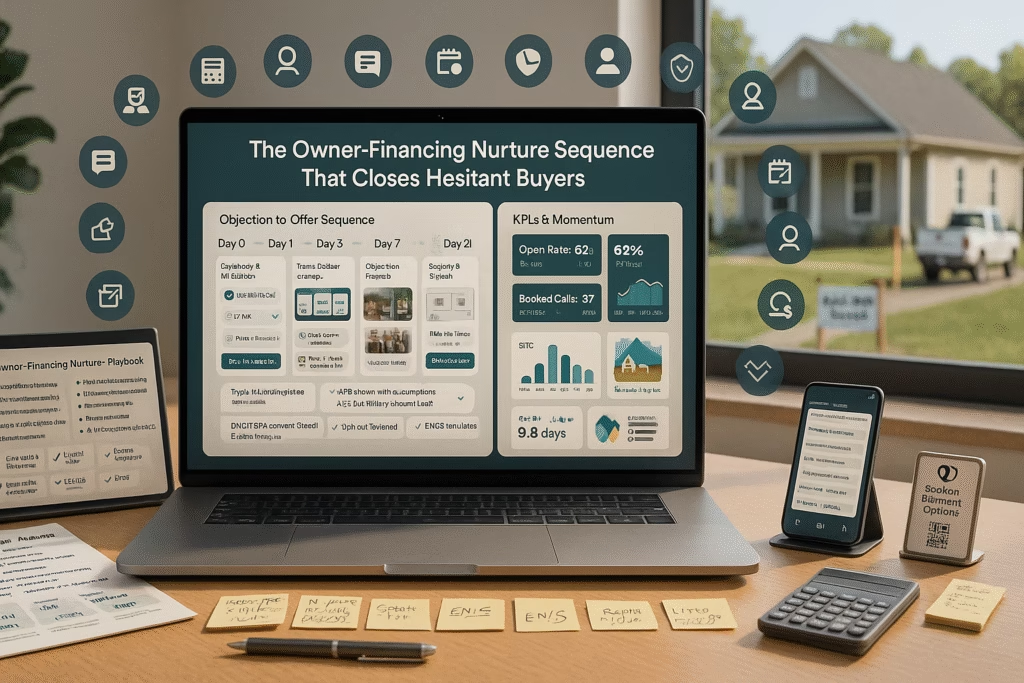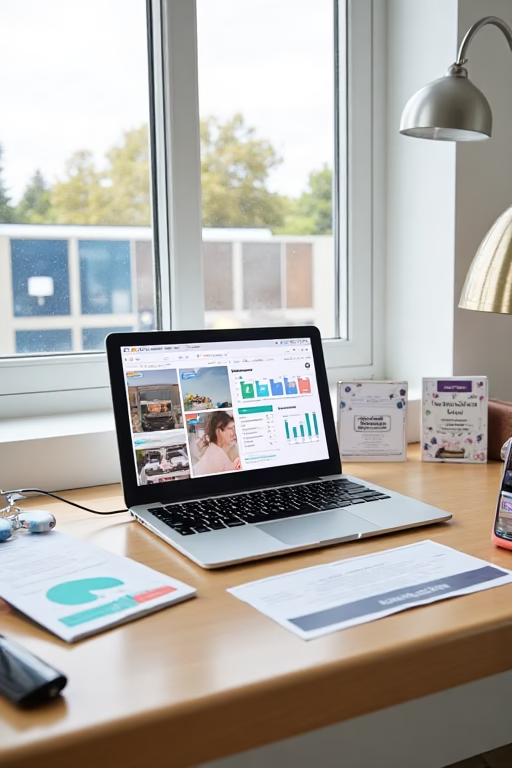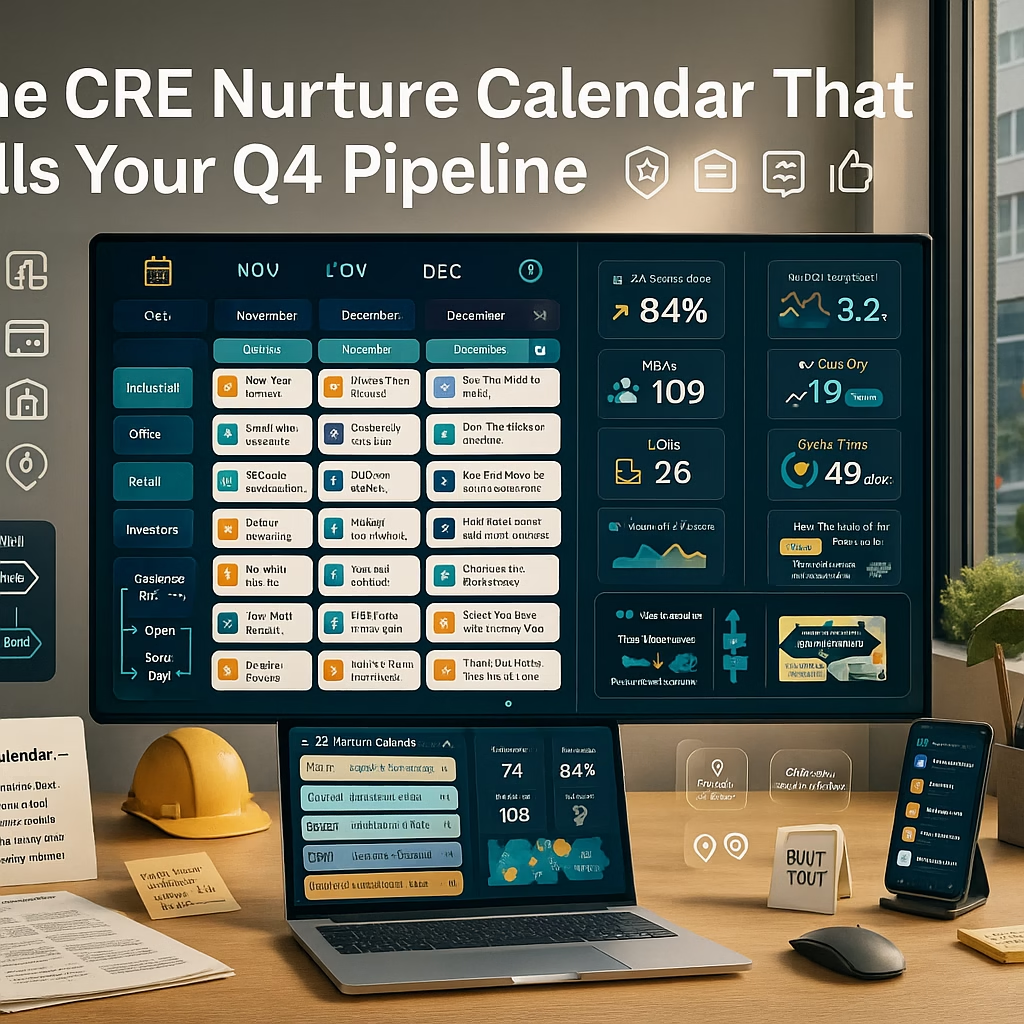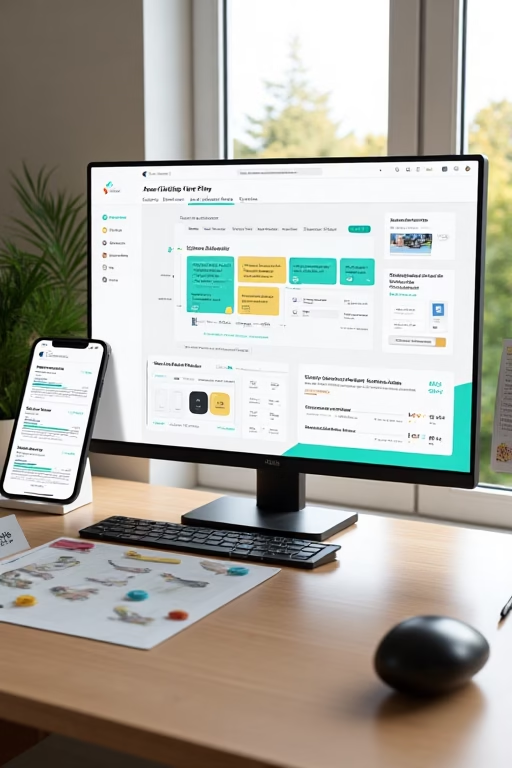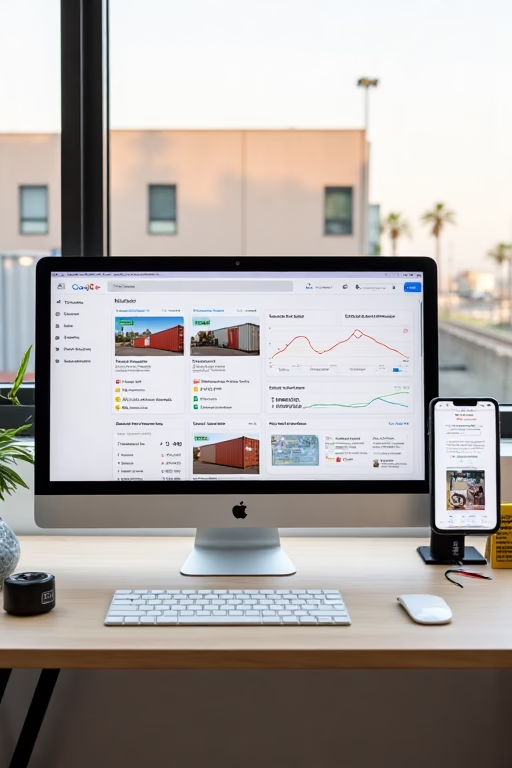Facebook Marketplace Posting That Fills Your Land Buyer List
Facebook Marketplace Posting That Fills Your Land Buyer List
Turn casual scrollers into GPS-pin verified leads and VIP cash buyers—without getting flagged.
Introduction
Facebook Marketplace Posting That Fills Your Land Buyer List is a repeatable system for compliant titles, access-first photos, transparent pricing, and instant replies that route prospects into an SMS/email list. When every post asks for the right micro-commitment—size, budget, and timeline—your list compounds weekly.
Policy matters. Keep prices real, disclose fees, avoid financing claims you can’t honor, and never misrepresent access, zoning, or utilities. Use your own images and follow local advertising rules.
Expanded Table of Contents
- 1) Why “Facebook Marketplace Posting That Fills Your Land Buyer List” Works
- 2) The 5-Part Listing Framework
- 3) Photo Checklist: Access, Utilities, Topo, Proof
- 4) Titles & Price Framing That Earn Clicks
- 5) Descriptions That Pre-Qualify Without Pressure
- 6) Reply Scripts That Turn Chats Into Opt-Ins
- 7) Compliance & Policy-Safe Posting
- 8) Inbox Automation, Missed-Call Text-Back & Tagging
- 9) KPIs, Benchmarks & Weekly Optimization
- 10) 30–60–90 Day Rollout Plan
- 11) 25 Frequently Asked Questions
- 12) 25 Extra Keywords
1) Why “Facebook Marketplace Posting That Fills Your Land Buyer List” Works
- Signal beats sizzle: access photos, GPS pins, and utility notes build real trust.
- Micro-commitments: ask size+budget+timeline to qualify fast.
- Binary choices: two windows to talk eliminate back-and-forth.
- Consistency: rotating SKUs keep you on top of search results.
2) The 5-Part Listing Framework
| Part | What to include | Why it matters |
|---|---|---|
| Hero Photo | Road frontage + parcel outline | Proves physical access instantly |
| Title | Acreage + hook + city/ZIP | Exact-match search terms |
| Price | Real number or verified range + fees | Trust + fewer flags |
| Proof | GPS pin, utility status, topo/flood note | Underwriting in minutes |
| CTA | “SIZE + ZIP” plus two call windows | Guides the next step |
3) Photo Checklist: Access, Utilities, Topo, Proof
- Approach road → frontage → interior trail (3-shot sequence).
- Utility cues: power on lot line, water meter, nearby transformer (if applicable).
- Map overlays: parcel outline, topo, flood (screenshots labeled).
- Signpost with parcel ID (optional) and a gps: 34.123,-85.456.
4) Titles & Price Framing That Earn Clicks
| Template | Example | Purpose |
|---|---|---|
| [Acres] ac — Road Access — [City] | 12.4 ac — Road Access — Athens | Access first |
| [Acres] ac — Power at Lot — [ZIP] | 5.0 ac — Power at Lot — 78641 | Utility signal |
| [Hook] — [Acres] ac near [Landmark] | Surveyed & Perked — 2.1 ac near Lake | Immediate de-risking |
Facebook Marketplace Posting That Fills Your Land Buyer List starts with titles that answer the #1 investor question: “Can I reach it and build?”
5) Descriptions That Pre-Qualify Without Pressure
• Access: Paved road frontage on [Road]; driveway cut possible.
• Utilities: Overhead power on lot line; water well typical (buyer to verify).
• Topo: Gentle slope; flood X (no SFHA).
• Price: $XX,XXX + customary closing costs; cash or buyer-arranged financing.
• Next step: Reply with SIZE (1–20 ac?) + ZIP + timeline (30/60/90 days).
• Call windows: Today 4–6 or Fri 10–12 for a 15-min walkthrough.6) Reply Scripts That Turn Chats Into Opt-Ins
INSTANT (T+0m)
“Yep, still available. What SIZE are you hunting (1–5, 5–10, 10+) and ZIP for drive time?”
IF SIZE + ZIP GIVEN
“Great match. Want a 15-min map + comps walkthrough [Today 4:30] or [Fri 10:30]?
Drop your best email to send the proof pack.”
PRICE-ONLY ASK
“I can send two fits: ‘Best Price/Acre’ and ‘Closest to [City]’. Size + ZIP?”Always harvest email + phone with consent before sending the proof pack.
7) Compliance & Policy-Safe Posting
- Use real photos you own; no misleading overlays.
- Show price clearly; disclose closing costs and any fees.
- Avoid guaranteed outcomes (entitlements, perc) unless documented.
- Respect fair housing/land-use rules and platform commerce policies.
8) Inbox Automation, Missed-Call Text-Back & Tagging
- Route chats to a unified inbox; auto-tag by size band and county.
- Missed-call text-back: “Sorry we missed you—map + comps review [Today 4–6] or [Fri 10–12]?”
- Proof pack link (folder): parcel map, GPS pin, access photos, utility notes, comps.
9) KPIs, Benchmarks & Weekly Optimization
Chat→Opt-In
≥ 40% with the scripts above.
Opt-In→Call
≥ 20% with two windows.
Call→Offer
Track per SKU/county.
Flag Rate
≤ 1%; fix titles/duplication.
Time-to-Underwrite
< 15 minutes using proof packs.
List Growth
New buyers/week by avatar.
10) 30–60–90 Day Rollout Plan
Days 1–30 (Foundation)
- Create proof pack template and folder structure by parcel/county.
- Write 6 title variants; shoot the access-first photo set.
- Enable instant replies + missed-call text-back; set two call windows daily.
Days 31–60 (Momentum)
- Post 2–3 listings/day with unique photos/titles per city/ZIP.
- Track Chat→Opt-In and adjust first lines; prune duplicate phrasing.
Days 61–90 (Scale)
- Expand to adjacent counties; duplicate winners; refresh maps/comps monthly.
- Segment your list (cash buyers, builder buy-box, owner-finance curious).
11) 25 Frequently Asked Questions
1) What is “Facebook Marketplace Posting That Fills Your Land Buyer List”?
A posting and reply system that turns marketplace chats into opted-in land buyer leads.
2) Which photos matter most?
Access sequence (approach road, frontage) + utility cues + topo/flood overlays.
3) How often should I post?
1–3 times per day per market with unique images/titles to avoid flags.
4) Do I include GPS pins?
Yes—use a short link or the coordinates in the description.
5) What if utilities are uncertain?
Say what’s known, what’s pending, who you contacted, and the date.
6) Should I show price per acre?
Helpful for investors; include total price and any fees.
7) How do I avoid getting flagged?
Unique photos, real pricing, no claims you can’t document, and no spammy repetition.
8) What’s the best first reply?
Ask size + ZIP + timeline, then offer two call windows.
9) Can AI handle replies?
Yes, for speed and routing; humans handle comps, access nuance, and negotiations.
10) Should I send comps in chat?
Send after opt-in; keep chat concise, move to email/SMS for proof packs.
11) How do I qualify buyers?
Capture size band, budget band, county interest, and closing timeline.
12) What about owner financing?
If you offer it, present clearly labeled illustrative examples and legal disclaimers.
13) Can I use drone shots?
Yes—label features (road, lot line, utilities) for clarity.
14) How do I manage duplicates across cities?
Change photos, titles, and first lines; avoid posting identical content.
15) What metrics matter most?
Chat→Opt-In, Opt-In→Call, Flag Rate, and Time-to-Underwrite.
16) Should I watermark photos?
Small corner watermark is fine; don’t obscure key details.
17) How do I schedule calls efficiently?
Use two preset windows and calendar deep links.
18) What if a listing goes viral with unqualified interest?
Pin a sizing/budget message and route to a waitlist form.
19) Where do I store proof packs?
Cloud folder per parcel with short links in your templates.
20) How do I keep my list warm?
Weekly emails with new parcels, access photos, and honest updates.
21) Can I cross-post to groups?
Yes—respect group rules, rotate angles, and avoid spammy duplication.
22) What disclosures should I include?
Access/utility status, closing costs, and any restrictions known.
23) Do map screenshots count as photos?
Yes—add them as the last images with labels.
24) How fast should I follow up after a missed call?
Under 5 minutes; use missed-call text-back with two windows.
25) First step today?
Shoot the access sequence for one parcel, write a title from Section 4, and enable instant replies.
12) 25 Extra Keywords
- Facebook Marketplace Posting That Fills Your Land Buyer List
- land buyer list growth
- marketplace land posting
- access road frontage photo
- gps pin parcel map
- power on lot line
- water meter confirmation
- topography flood overlay
- land comps price per acre
- policy safe land listing
- two window call booking
- missed call text back land
- ai inbox routing land
- buyer opt in script
- county specific land leads
- builder buy box match
- owner finance illustrative terms
- access easement proof
- marketplace title templates
- access first photo checklist
- cloud proof pack folder
- flag rate reduction
- land investor sms follow up
- local land buyer pipeline
- 2025 land lead engine
Facebook Marketplace Posting That Fills Your Land Buyer List Read More »




